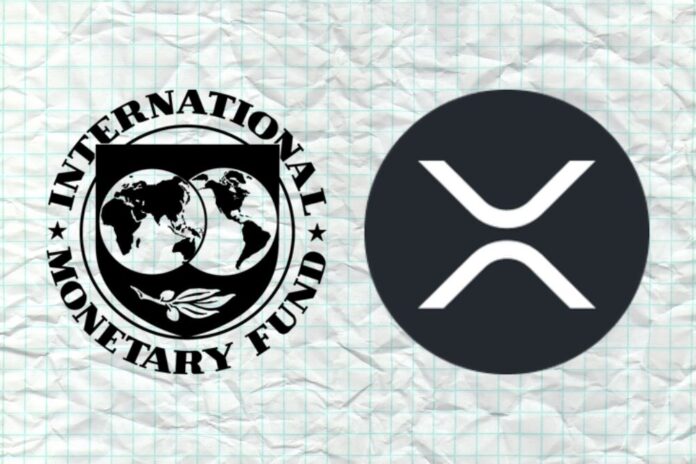In the ever-evolving landscape of cryptocurrencies, XRP is making waves beyond the realm of digital assets. The International Monetary Fund (IMF), a prominent global financial institution, has recently released a document recognizing XRP as a promising solution to enhance cross-border payments.
Titled “Trust Bridges and Money Flows,” this groundbreaking IMF FinTech Note was prepared in March 2023 by a team of four industry specialists. Led by Tobias Adrian, the IMF’s Financial Counsellor, the document sheds light on the challenges plaguing cross-border payments and offers potential solutions.
We are on twitter, follow us to connect with us :- @TimesTabloid1
— TimesTabloid (@TimesTabloid1) July 15, 2023
The IMF paper unveils a long-standing issue with cross-border payments: they are slow, costly, and lack transparency. These challenges have hindered individuals from freely and effortlessly transferring funds globally, primarily due to trust limitations among financial institutions and end-users.
Read Also: XRP Army Draws Connection Between Ripple And IMF as It Announces Plans for CBDC Platform
While domestic bank interoperability is relatively straightforward, courtesy of trust established within a country’s central banking system, international payments encounter major hurdles. The absence of a global central bank complicates interoperability, necessitating individual banks to establish their own trust networks. Unfortunately, the credit and pre-funding models employed to facilitate cross-border transactions often prove to be expensive and time-consuming.
In light of these challenges, the IMF paper suggests exploring alternative solutions such as swap lines, tokenized money, and the creation of a transnational marketplace. Additionally, the document highlights the potential of XRP as a viable option worthy of further examination.
Private sector initiatives, spearheaded by firms like Ripple, have made substantial progress in addressing the issues surrounding cross-border payments.
Recognizing this, the IMF document states, “Three models arise: a private settlement asset and marketplace, such as Ripple’s XRP.” It also references the use of Bitcoin (BTC) and the lightning network by the Stellar Foundation and Strike, respectively.
Notably, XRP has emerged as a frontrunner when it comes to tackling the cross-border predicament. Offering swift transaction times and minimal fees, XRP has proven to be an effective solution. Ripple has leveraged this digital asset through its On-Demand Liquidity (ODL) service, enabling institutions on RippleNet to benefit from seamless transnational settlements.
Read Also: U.S. Faster Payment Council Points Up Ripple and XRP’s Cross-Border Payment Capacity
This isn’t the first time XRP has garnered recognition as a tool for facilitating efficient cross-border settlements. In a previous publication from 2018, the IMF acknowledged the potential of XRP in this domain. Building upon this acknowledgment, renowned banking giant HSBC also highlighted the prowess of the XRP Ledger in enabling cross-border payments in May.
As XRP continues to capture the attention of leading institutions like the IMF, it solidifies its position as a catalyst for transforming the landscape of cross-border payments. With its efficiency, affordability, and growing adoption, XRP is poised to revolutionize the way we transfer value across borders.
Follow us on Twitter, Facebook, Telegram, and Google News


